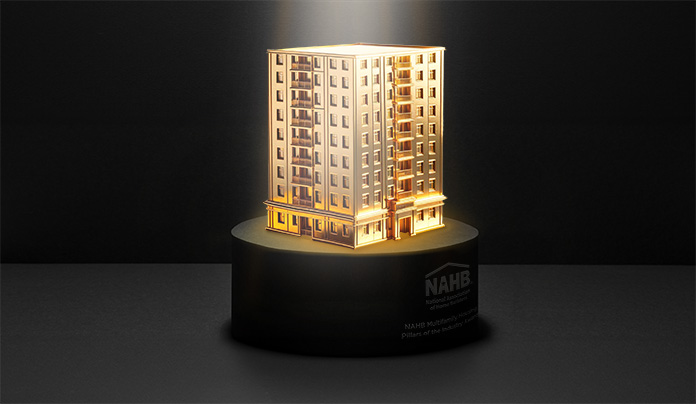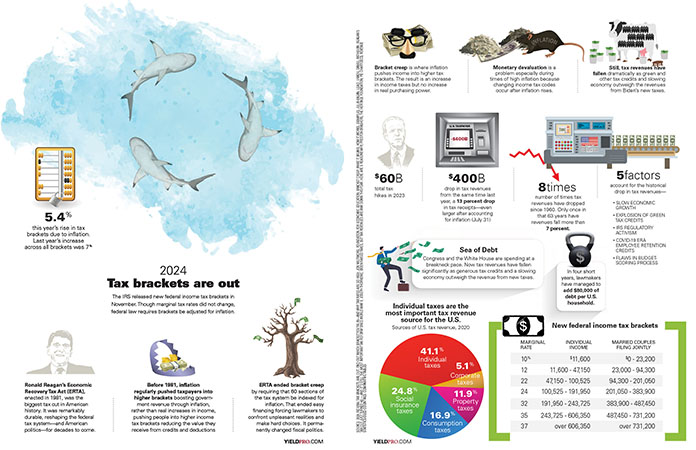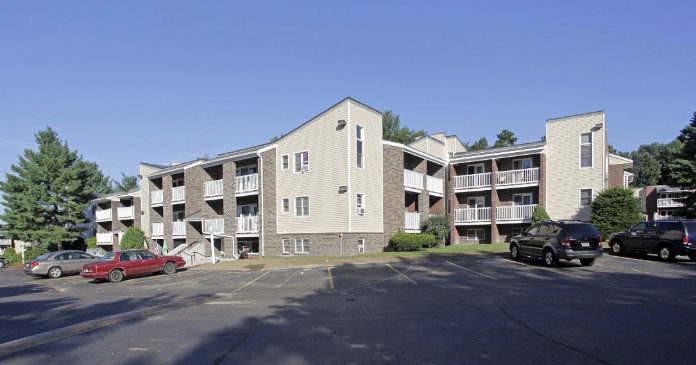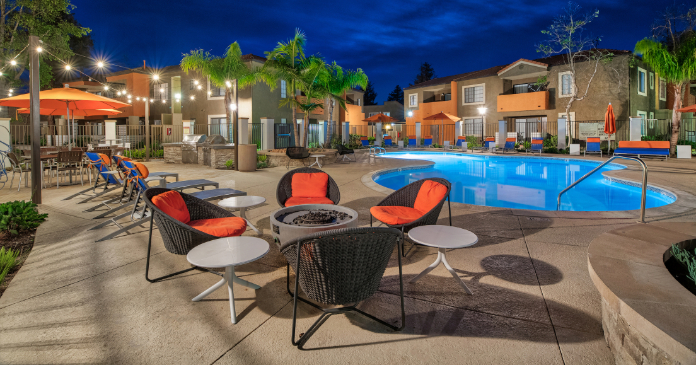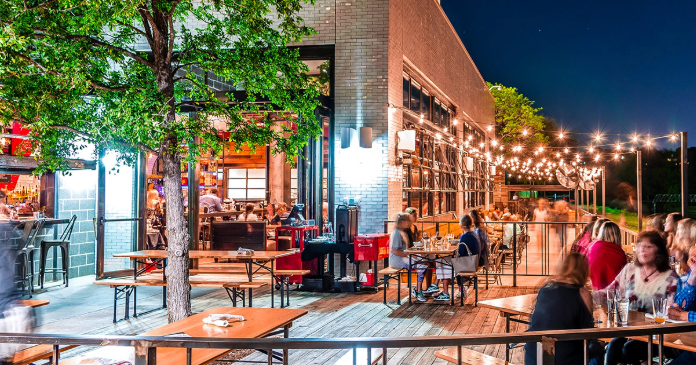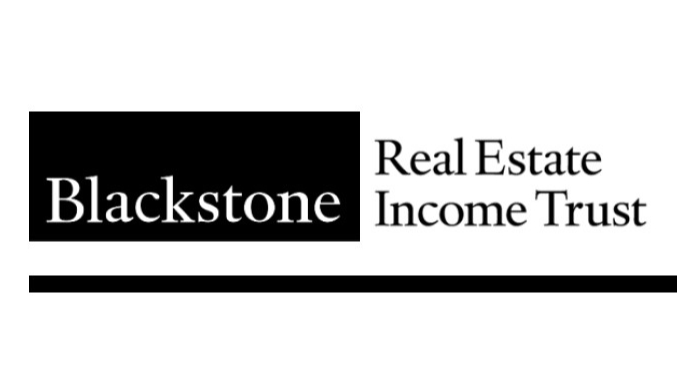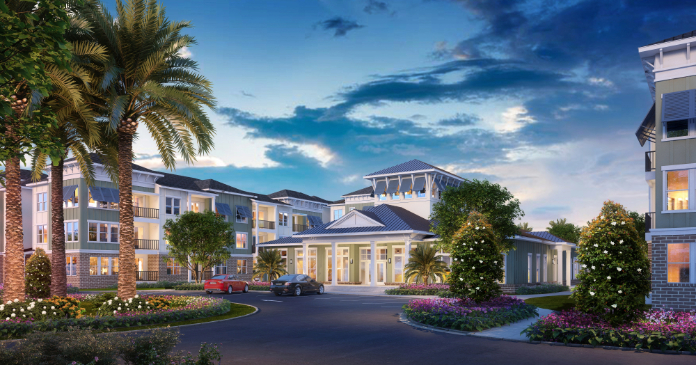“Everything we do here will most likely be mixed use in some form, typically with retail and residential as components,” said Senior Vice President of Development Kerry Nicholson, who heads up Legacy Partners– development activities in the Northwest along with Development Managers Chris Meyer and Glen Scheiber.
The Foster City, Calif.-based company evolved in 1998 from the 30- year-old Western residential and commercial divisions of Lincoln Property Company to become one of the most active developers in the Western United States. In the Pacific Northwest alone, Legacy Partners is underway on two mixed-use podium-style projects, in the final stages of design and entitlement on a high-rise and is actively seeking additional parcels within the Seattle and Portland metros.
Legacy Partners– confidence in the Seattle metro, however, doesn’t end with development. The company also plans to grow there through acquisitions and third-party management contracts. “We feel that the lessons learned in one sector can be transferred to the other and it helps strengthen our portfolio,” said Nicholson.
After recent dispositions, the firm’s Seattle area multifamily portfolio consists of two owned and managed apartment communities totaling 780 units–235-unit Bella Terra in Mukilteo, which the company developed in 2002, and On the Green at Northshore, a 545-unit asset in Tacoma that Legacy Partners purchased two years ago.
Seattle was hit heavily by the tech wreck in 2000, but has long outgrown its aerospace boom and bust cycle, said Meyer noting that area employers now include Microsoft and Amazon in the technology sector, Nordstrom and Costco in retail and Starbucks in food service, among others. “You run down the list of blue chip companies and the metro is amazingly diverse. One of the reasons we are so bullish on this market is because there are so many job growth drivers if one takes a stumble, there’s another one right there to pick up the hiring pace,” he said.
Historically, Legacy Partners developed a number of properties in Seattle through a partnership with Equity Residential. Today, the company’s equity partners include large pension fund advisors like BlackRock and Cornerstone Real Estate Advisors and insurance firms such as AIG Global Real Estate.
Lots of cranes
Legacy Partners has plenty of company in Seattle’s development game. REITs and privates alike are building there, drawn by the region’s healthy demand drivers. “Even though there are a lot of cranes in Seattle, today most are condos and the units are larger and could not be profitably rented at the rates we are charging,” said Nicholson. And condos, especially the high-rise variety that are sprouting up in the close-in Seattle sub-markets, cost as much as 40 percent more to develop than apartments.
Condo conversions also have been popular in Seattle and Legacy Partners hasn’t missed out on that demand. In 2005, the company acquired the historic 139-unit Queen Anne High School Apartments located at the crest of Seattle’s Queen Anne Hill for conversion. The building–one of only 37 Seattle buildings on the National Register of Historic Places–operated as a school until 1981, but fell into disrepair and was sold by the school district in 1986 to another developer, which converted it to a rental community. Legacy Partners brought the units and common areas up to the luxury level while maintaining the authenticity of the building’s prior use. “Buyers appreciate the creation of a very large roof deck with ‘Fraseresque’ views of the Space Needle and Downtown Seattle,” said Nicholson.
The company also maintained the Neo-classical building’s historic features in the conversion of the Queen Anne to lofts, one- and two- bedroom flats and two-bedroom town homes. Units boast high ceilings, some with crown molding, and large windows offer expansive city views. Some condos even feature vintage chalkboards from the classrooms. The school’s original fan room is now a museum where the school’s old power relays and switches are on display, as is a trophy case filled with yearbooks, band uniforms and pictures from the school’s glory days. Meyer was so impressed by his company’s one-of-a- kind conversion that he and his wife became one the project’s first buyers.
Legacy Partners started its second condo conversion in June 2006, after announcing plans to convert almost half of the 558 units at the On the Green Apartments in Mukilteo, which the company purchased from a private partnership six months earlier for $69 million. The converted units in the Front9 project went on sale in July 2006 at price points starting in the mid-$100,000s. The company retained the remainder of the units as rentals, upgrading those apartments in phases.
While the condo conversion wave didn’t swamp the Puget Sound area like it has San Diego, South Florida and Las Vegas, and began to slow in Seattle this year, and 903 units had been converted to condos over the past two years as of July, according to a Q3 market report by Marcus & Millichap. That loss of apartment supply has allowed apartment owners to leverage tight conditions and strong household growth to raise rents this year.
Developers will deliver 2,500 apartment units this year in the metro with restrained deliveries forecast for the first half of 2008, followed by a moderate construction gain in the second half. Marcus & Millichap expects overbuilding of apartments to be reined in by elevated development costs and more restrained underwriting, at least until 2009.
That limited supply should be a boon to demand. But as the apartment market strengthens, a number of condo projects in Downtown Seattle are switching to rental. In a story that appeared in the online version of the Seattle Daily Journal of Commerce in March, written by Dean Jones, principal of the Seattle-based real estate consultancy firm Realogics, the author predicts that 6,500 new-construction condos will have been delivered in Seattle during the period from 2005 to 2010, 1,000 of which likely will become apartments.
Legacy Partners isn’t concerned. “There are two fundamentals at play here. As the housing market continues to be strong it will become tougher to buy a home and, with renewed rigor in the underwriting standards for first-time buyers, we think workforce rental will remain a good play. Most of the condo towers, even if they switch to rental, will be at the upper echelon of incomes,” said Nicholson.
Reducing the carbon footprint
Nicholson sees opportunities for mixed-use projects along the Puget Sound’s emerging light rail system, which is slowly gaining traction. “A number of in-city sites are related to transit-oriented activities and we feel the region is starting to encounter challenges with its infrastructure and road network. Putting housing near the job bases is going to be a winning strategy in the long term,” said Nicholson, referring to the Puget Sound area’s numerous bridges, tunnels and variety of other travel obstacles that make for a difficult commute. “People are beginning to push back, saying, ‘I’m tired of commuting hours each day and I’m willing to take those dollars out of my gas tank and put them into my rent check. People up here are sensitive to sustainability and green living. They are willing to spend more for housing to be closer to work and not have to make a large carbon footprint,” he said.
One such development aimed at building housing near the job base is Legacy at Pratt Park, a podium-style project with 247 apartments and 6,500 sq. ft. of ground-level retail space on 1.6 acres in Central Seattle that broke ground in late October, after Legacy Partners demolished a shuttered Wonder Bread bakery on the site. The project fronts on a 5.5-acre urban park and affords great views of the downtown skyline, the Puget Sound and the Olympic Mountains. Legacy Partners brought in an investment client of BlackRock for the project’s equity.
Working within the contours of the site, which has a 30-foot grade difference from northeast corner to southwest corner, and Seattle’s height cap, which follows the interpolated grade, Legacy Partners was able to build six stories over a three-story podium/parking structure. “We are using a panelized load-bearing stud system provided by locally based Inter Steel Structures that allows us to go higher then we could with traditional wood framing systems,” said Meyer. The architect is Portland-based Sienna Architecture.
Within a 22-month construction cycle for the $75 million development–$303,643 per unit including the land–Meyer hopes to bring the studios, ones and twos that range from 550 sq. ft. to just over 1,100 sq. ft. to market in Spring 2009.
Located around a dozen blocks from Seattle’s central business district, just below Capital Hill and about five blocks from First Hill, a neighborhood also known as Pill Hill because it is home to a number of hospitals and health care institutes, Meyer anticipates the project will attract health care service providers. “The project also is close to a frequent bus line that goes right by the King Street commuter rail station, so folks could even reverse their commute down to Tacoma or up to Everett, where there’s a big Boeing facility. Largely we expect white collar urban professionals who are interested in a close-in experience, but not willing to pay the rent premium for some of the more traditionally popular neighborhoods,” said Meyer.
Rents at Legacy at Pratt Park will be priced at a discount to those in Seattle’s two most popular neighborhoods–South Lake Union, where apartment owners are asking around $2.25 per sq. ft., and Belltown, where units are leasing in the $2.50 per sq. ft. range. “We’re going to ask just under $2 per sq. ft., giving renters a couple hundred bucks a month they can put in their pocket for the trade-off. We think there’s a market that will be interested in this product,” said Meyer.
Seattle’s Central District is an up-and-coming neighborhood that until the 1990s was predominantly African-American, but overlooked until recently by developers. While some projects in the Central District have been named for neighboring upscale sub-markets, Legacy Partners is embracing the area’s multicultural history. Legacy at Pratt Park’s moniker nods to the adjacent five-acre Pratt Park, built as a memorial to civil rights leader Edwin Pratt, who was murdered outside his Shoreline home in 1969.
Legacy Partners also is preserving the neon Wonder Bread sign that, since 1955, sat atop what was a producing bakery for almost 80 years.
The building progressed through a number of owners and ended up with the Interstate Brand Corporation, which also bought the Wonder Bread brand, but was decommissioned as the economics in the city changed around the turn of the century. “It was dark and had been in the hands of a couple of former owners when we picked it up as a multifamily site. This community is anxious to see the change, but nostalgic for the days when the neighborhood smelled like baking bread. We asked Interstate Brands if we could restore the sign as a historic icon of Seattle that, because of the way it sat, was visible to a large area of town. They agreed that as along as we didn’t ask them to contribute to the restoration they would be happy to license the copyright for us,” said Meyer, adding that neighborhood groups have been delighted at the prospect.
Meyer is looking for a local coffee house to anchor the project’s retail component. “This is a strong artists’ community and we feel like a coffee house will fit with the fabric of the neighborhood,” he said.
Construction financing for Legacy at Pratt Park came from Bank of America, which also provided the loan for River Park, a project that Legacy started in August on the 6.14-acre site of a business park in the Redmond suburb around 10 miles northeast of Seattle.
Located less than a five-minute walk to Downtown Redmond and the Redmond Town Center, a large retail, restaurant and nightclub area anchored by a Marriott hotel, and minutes from Microsoft Corporation’s world headquarters, the River Park project comprises retail, a 144-room hotel, 112,000 sq. ft. of office space and three residential buildings with a total of 319 units that sit atop a parking garage. “River Park is one of the few truly mixed-use developments in the Puget Sound area that combines hotel, office, residential and retail components. All the others are missing one of the four,” said Project Manager Glen Scheiber.
River Park’s current incarnation is not Legacy Partners’ first blueprint for the site, which the company has owned for seven years. The original plan, approved before the tech wreck and 9/11, included a larger land parcel that the company was under contract to buy but never closed on, explained Nicholson. “We began re-approval for the smaller site 30 months ago,” he said.
Projected total development costs for River Park will be over $100 million. Scheiber explained that as the master developer, Legacy Partners’ presold the hotel component to Lodgeworks, Inc., the office building unit, which will be built by Trammell Crow Company, to ING Clarion and the residential portion above the parking garage to a limited liability company comprising Legacy Partners and Black Rock. “The project is a commercial condominium with four individual condominium units and we own and are developing two of the condo air rights and have an undivided interest in the common infrastructure, which is the parking garage and the common areas around it,” Scheiber said.
Garage construction is underway and Scheiber expects to have access to the first residential building in March 2008. With a 12-month construction period for each building, starts and deliveries will be 90 days apart with 135 units in the first building delivering March 2009, the second building with approximately 95 units delivering in June and the remaining 209 units delivering in September.
Rents for the studios, one and two-bedroom flats and town home units were underwritten at $1.96 per sq. ft. Scheiber thinks the project will attract high-tech-savvy individuals who want to be close to Microsoft and the other major technology firms clustering around them. “We have quite a few rotational people who come in to Microsoft for six to eight months or are relocating to Redmond and are waiting for their homes to be built,” he said. The architectural team for the apartment component consists of Johnston Architects, PLLC as design architect and EDI Architecture, Inc. as the architect of record.
Legacy Partners is in the early stages of approval on a yet-unnamed 20-story, 250-unit luxury apartment community at 106th Ave. and NE 2nd St. that includes 10,650 sq. ft. of restaurant and boutique retail space in the heart of Downtown Bellevue. The company plans to start construction in June 2008 with completion 24 months later. The units, with an average size of 750 sq. ft., will be a variety of studios, one-bedrooms and townhomes and two-bedroom, two-bath penthouses. Units on the west side of the building will provide views of the lake and a large central park in Downtown Bellview; units on the east side will offer views of the city and the Cascade Mountains. Rents are expected over $2.60 per sq. ft., –the same as the rents already being achieved at the 989 Elements project (completed last year by a partnership of Su Development and UDR, Inc.) and others in the downtown area, which I feel are not as advantageously located vis- a-vis the core of Downtown Bellview as our project,” said Scheiber. Cornerstone Real Estate Advisors, advisers to Massachusetts Mutual, is providing equity for Legacy Partner’s Bellevue project. The architect is EDI Architecture Inc.



